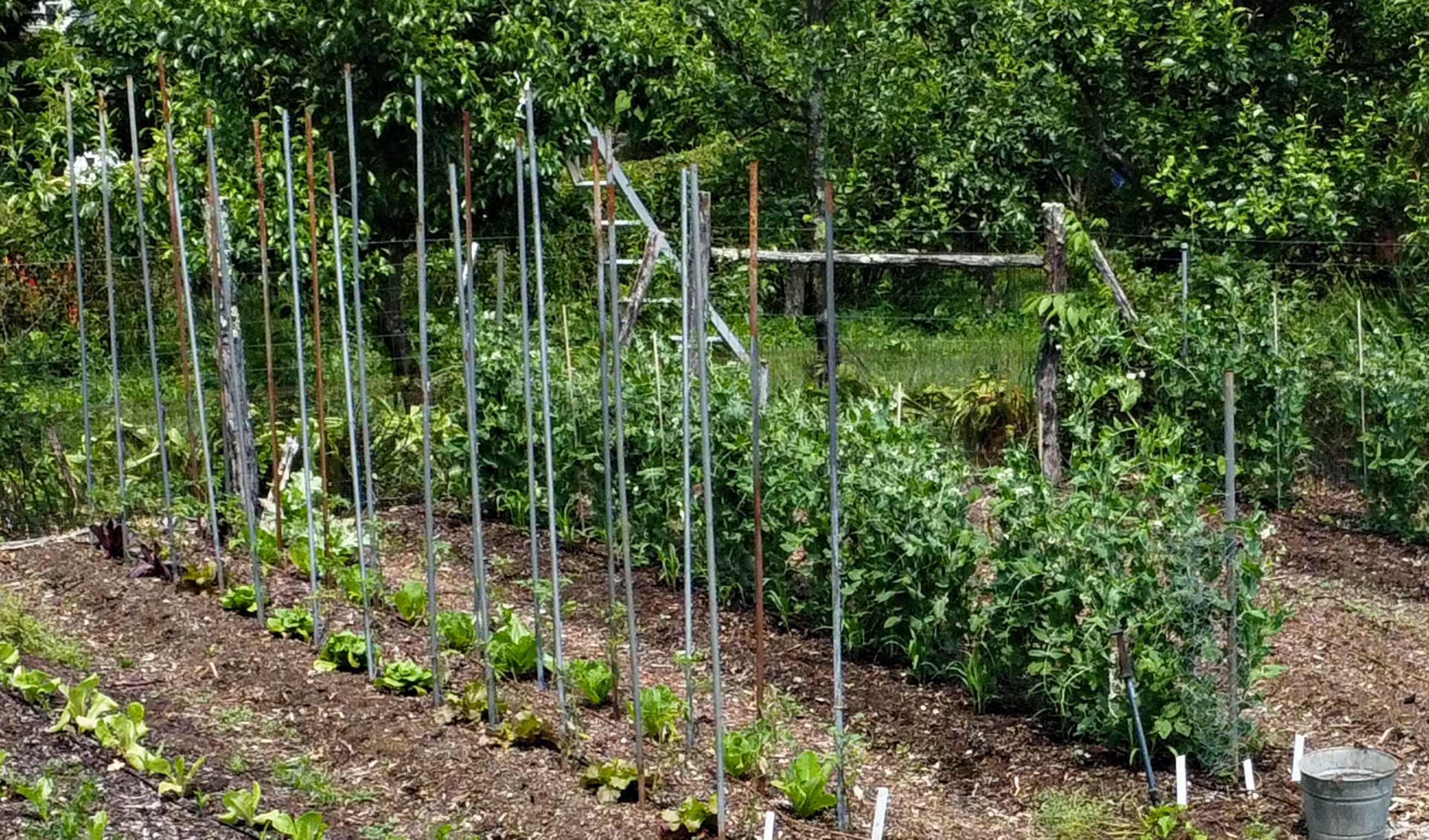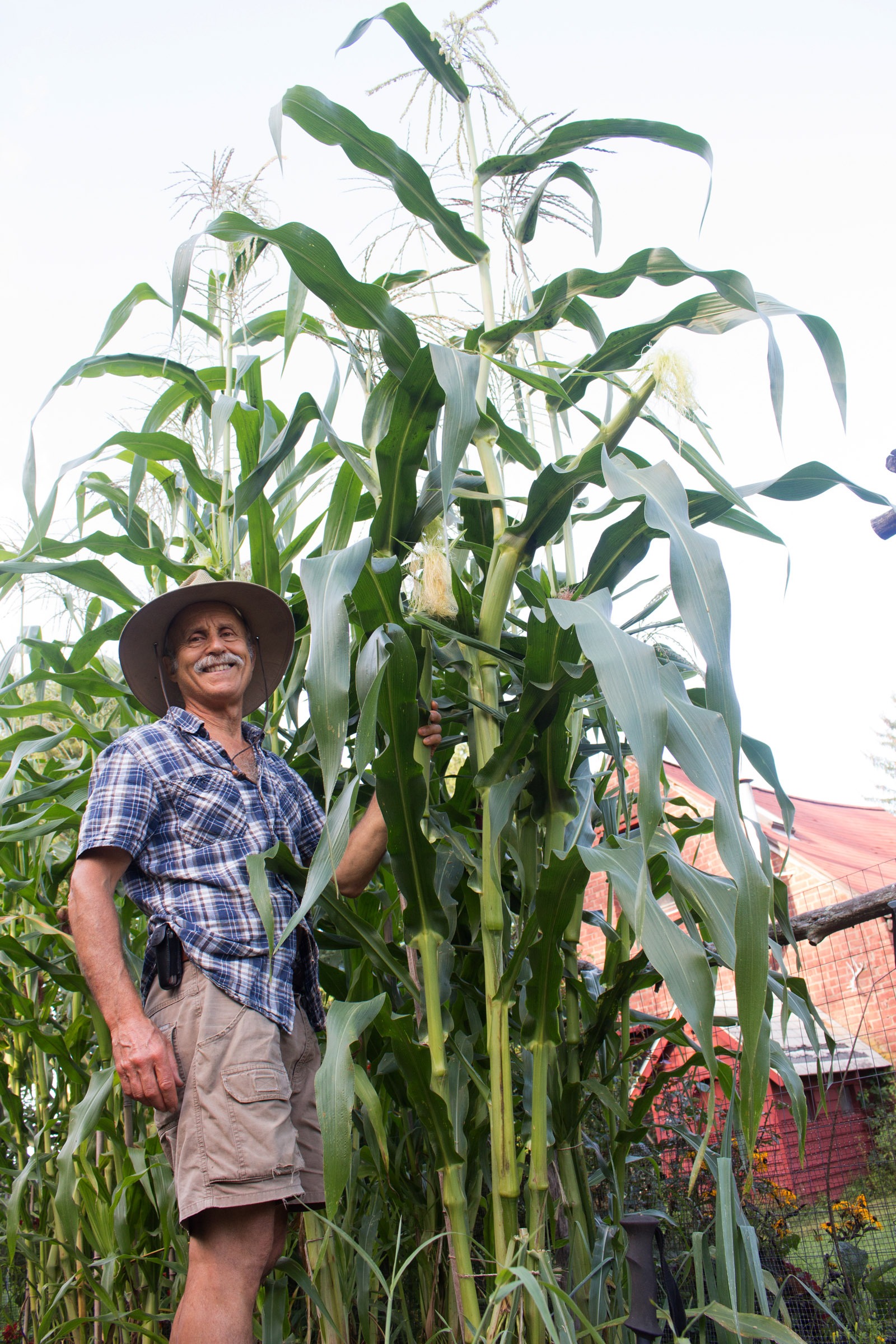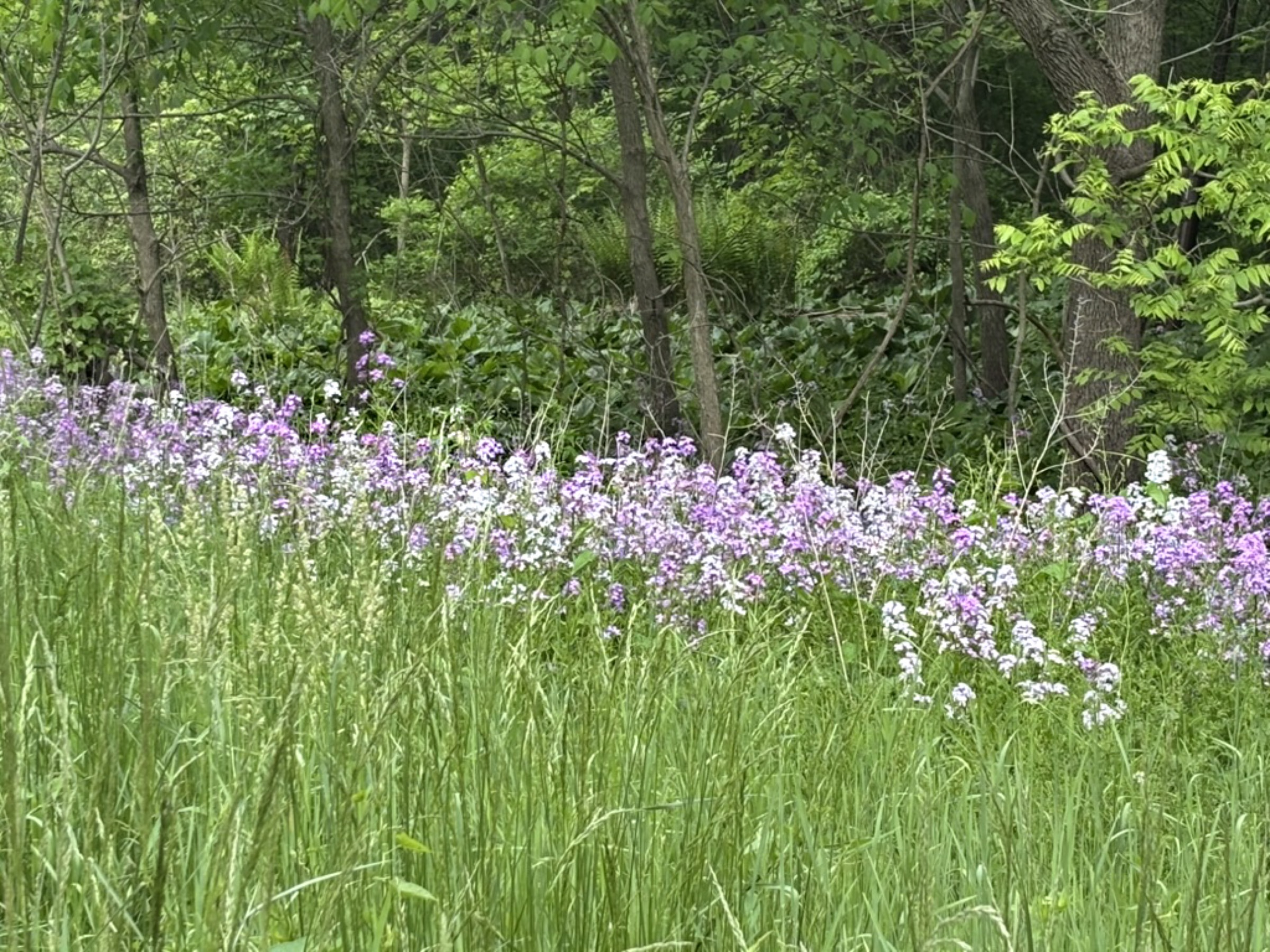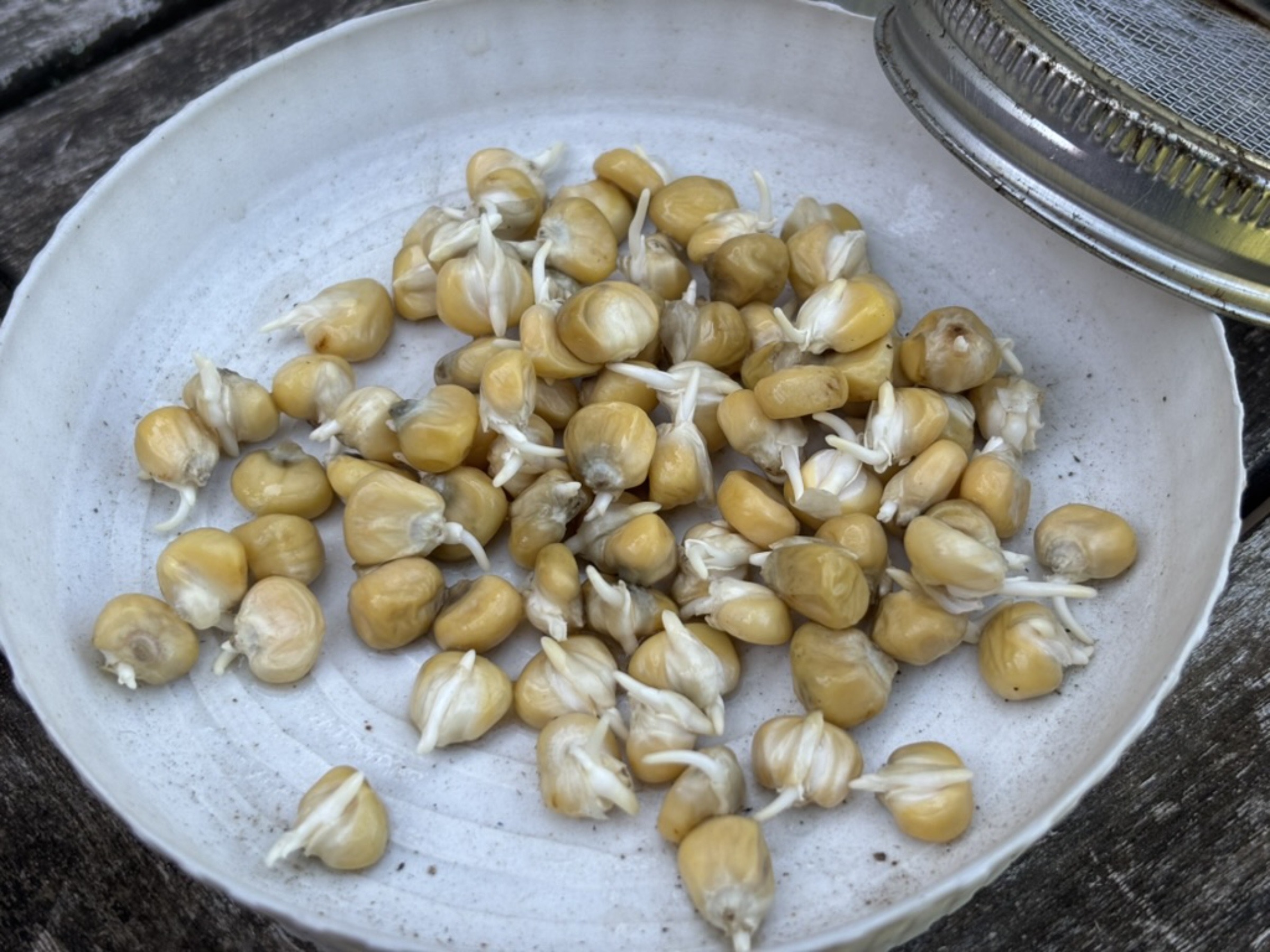HAVE FAITH, WITH RESERVATIONS
/0 Comments/in Gardening, Vegetables/by Lee ReichSprouts for Your Vegetables
Planting a seed is an act of faith. After all, what could seem more far-fetched than dropping a shrivelled, apparently lifeless speck of something into a hole in the ground, then expecting to return and find growing there a lush, green plant brimming with life. A lack of faith — or maybe it’s just impatience — is what drives some gardeners to set out transplants rather than sow seeds. Of course, plants such as tomatoes, peppers, and eggplants won’t ripen their fruits in due time if seeded outdoors when the soil is warm enough for germination.
I GROW SWEET CORN BECAUSE . . . SO MANY REASONS
/4 Comments/in Vegetables/by Lee ReichConventional Wisdom is Wrong!
Conventional garden wisdom holds that sweet corn isn’t worth planting in a backyard garden. The reasons given are that it takes up too much space, that pollination is poor from small, backyard plantings, and that it’is relatively inexpensive and of high quality from markets and farm stands. I take issue with the conventional “wisdom” on all counts.
A ROCKET FOR YOUR GARDEN
/1 Comment/in Flowers/by Lee ReichAnd a Welcome Dame
There’s a rocket in my garden, and it’s not in the sky. The rocket? It’s dame’s rocket (Hesperis matronalis). Individual plants are ho-hum, but these plants like to congregate. Here on the farmden and beyond, dame’s rocket is now blanketing the dappled shade of woodlands and roadsides with its white, mauve, or purple flowers. In mass, they will bowl you over with their sweet scent, especially pervasive on late spring and early summer evenings.



